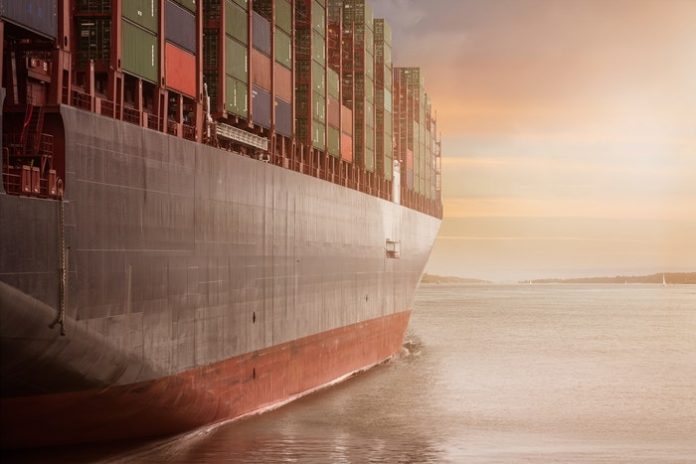The shipping industry is one industry attempting to cap its global emissions. It emits 940 million tons of carbon dioxide per year, which makes up about 2.5% of global emissions.
It doesn’t sound that bad, right?
It’s far from the biggest problem right now, but by 2050 shipping could account for 17% of global carbon dioxide emissions.
But the industry has recognized this growing problem and has already committed to making changes to save the environment. Here’s what they’ve come up with.
Improving the Quality of Fuel to Propel Ships
Large ships are known for burning low-quality fuel to keep costs down. These fuel mixes contain high levels of nitrates and large levels of sulfur.
When these are burned and spewed into the air, they contribute to acid rain. The problem comes from the amount of sulfur allowed in fuel.
Take note, such diesel has already been banned from the roads. Thankfully, the UN is planning on reducing the amount of sulfur allowed in fuel by 2025.
Installing Exhaust Scrubbers
Did you know that many older ships switch out fuel loads based on where they happen to be at the time to meet domestic regulations?
Low-sulfur fuel is more costly, so companies are resistant to using it. Exhaust scrubbers, however, could be an alternative.
They capture the exhaust fuel and put it through ‘scrubbers’ which turn it into the by-products of nitrogen and water.
It would involve retrofitting older vessels, but in the long-term it’s a more cost-effective option.
Improving Fuel Efficiency On-Board
These vessels are huge, and they house an entire community of people for many months throughout the year. Shipping lines also must look at how energy is spent onboard.
Installing green lightbulbs, and more efficient electrical systems can go a long way to reducing overall emissions. It’s something the Navy’s Green Fleet has already done.
People often forget that energy isn’t just used to propel the ship.
Replace Faulty Parts More Often
Most parts on these ships aren’t essential to their safe operation. A faulty part in a thermostat or a water-cooling system may make them run less efficiently, but it’s not an urgent problem.
Shipping lines can make a small change by simply checking and replacing these faulty parts more often, so the ship’s processes aren’t wasting energy.
It may increase maintenance and staffing costs slightly, but it can make all the difference when it comes to greenhouse emissions.
Last Word – The People Have Spoken
Shipping lines need to remember that people are choosing who they work with based on their green credentials. People may still look for things like the cheapest way to ship within Canada, but they’re also going to look at a line’s environmental record.
Even if they must pay more for the same service, the public is becoming more willing than ever before to make that sacrifice.
What other options do you think there are for shipping lines to become less of a burden on the environment?
Find a Home-Based Business to Start-Up >>> Hundreds of Business Listings.

















































